Tackling Online Retail’s Myths and Realities
ICSC’s leader and a retail futurist urge a closer look at the link between bricks and clicks.
By Paul Rosta
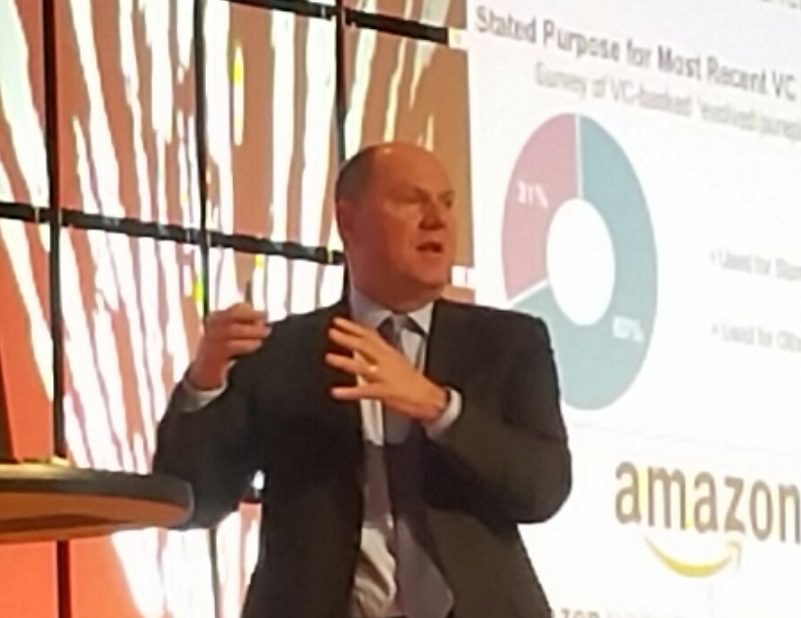
Tom McGee
Dispelling the myths about brick-and-mortar retail and its online counterpart dominated the keynote addresses on Wednesday at the International Council of Shopping Centers’ annual New York Deal Making event.
Addressing an audience at the Javits Center in Midtown Manhattan, ICSC President & CEO Tom McGee categorically rejected the much-hyped notion a retail apocalypse. Instead, he countered with a bold statement: “I think we’re in the midst of the rebirth” of the retail real estate sector.
“The Halo Effect,” an ICSC study, is the first to demonstrate the synergy between online sales and brick-and-mortar retail, McGee said. “The point (of the new report) is to suggest that it’s not the cause of all change in our industry,” he noted. In 2017, 88 percent of retail customers shopped at stores with a physical presence. By contrast pure-play online retail accounted for only 5 percent of total retail sales.
Among other findings, the study concluded:
- A retailer’s share of web traffic in a geographic market rises 27 percent when a new store opens.
- Web traffic jumps 45 percent after a brand less than 10 years old opens a store.
- Store closings are also associated with a decline in Web traffic—77 percent in the case of one retailer.
- Increasing the number of brick-and-mortar stores in a given market by as little as 5 percent “has a significant impact on digital engagement and retail web traffic.”
Addressing the question of the holiday retail outlook, McGee stated, “We expect this to be an exceptionally strong season.” ICSC is projecting a 4.5 percent year-over-year increase in holiday sales. Black Friday shoppers numbered about 150 million, a slight uptick from 2017 he said.
Getting Beyond Binary
The theme of brick-and-mortar’s future in the digital age was picked up by the keynote speaker, the retail futurist Doug Stephens. In a wide-ranging, nearly hour-long talk, Stephens explored the role of Amazon, the store of the future and what will constitute the most effective strategy for engagement.
“The question that everyone in this industry should be asking themselves is, ‘What is the purpose of a store?’” He disputed the binary, either-or view of online and brick-and-mortar retail.
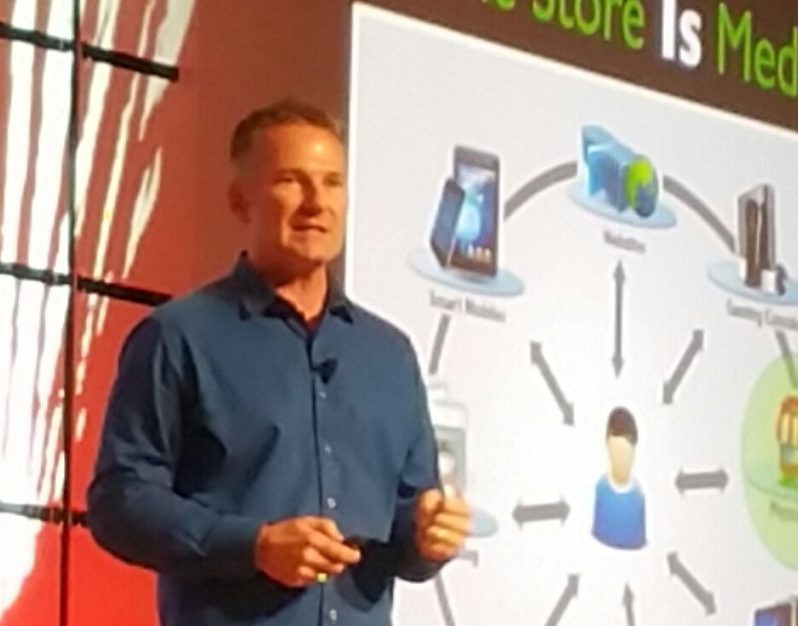
Doug Stephens
But he also argued that the true nature of experiential retail is widely misunderstood. Common qualities include customer engagement, inspiration, theatrical presentation and surprise. He cited a Gucci store in Italy that charges for admission to attractions on the second third floors, and a Nike store on Melrose Avenue in Los Angeles that is activated by membership in Nike’s runner’s club.
Moreover, Amazon is only the end of the beginning when it comes to technology in retail real estate. “We’re sitting on the cusp of three or four technologies that are going to rocket e-commerce to an unimaginable level,” he said. On the horizon are products that automatically re-order supplies; Walmart’s planned prototype for an in-house store that Stephens compared to “a mini-bar on steroids;” and a virtual reality platform allowing customers to place prospective purchases in a digital version of their homes.
Above all, he urged audience members to not fear the prospect of new strategies, citing the maxim: “If you’re not failing, you’re not innovating.”



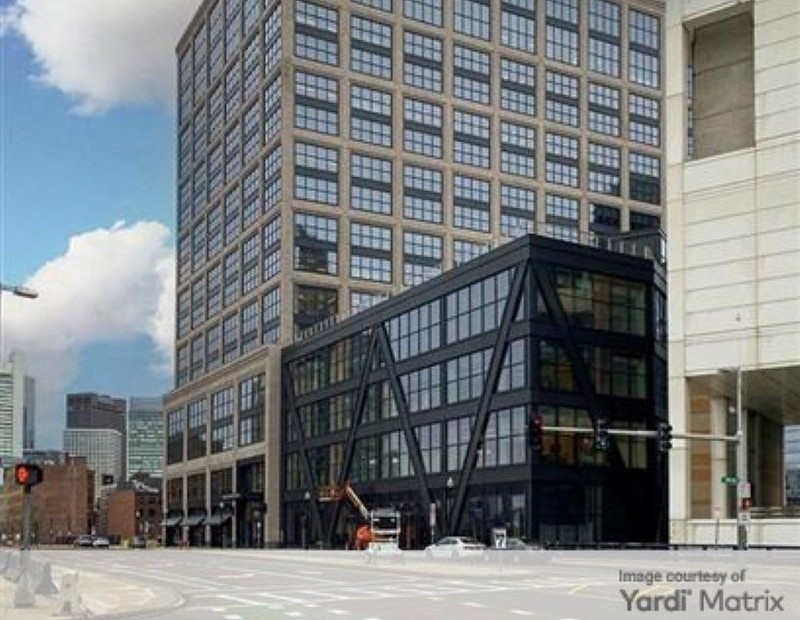
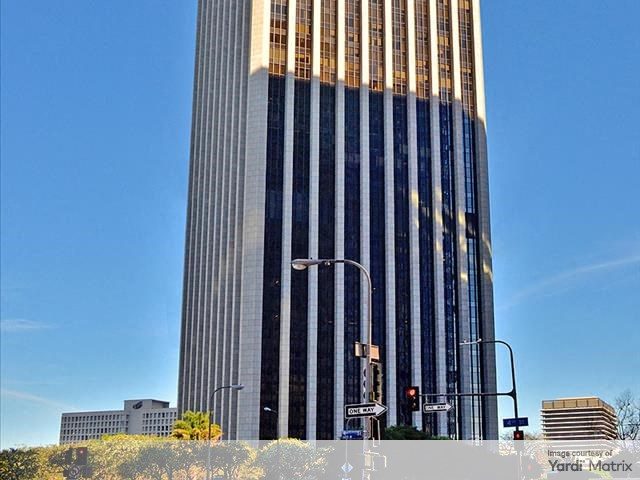
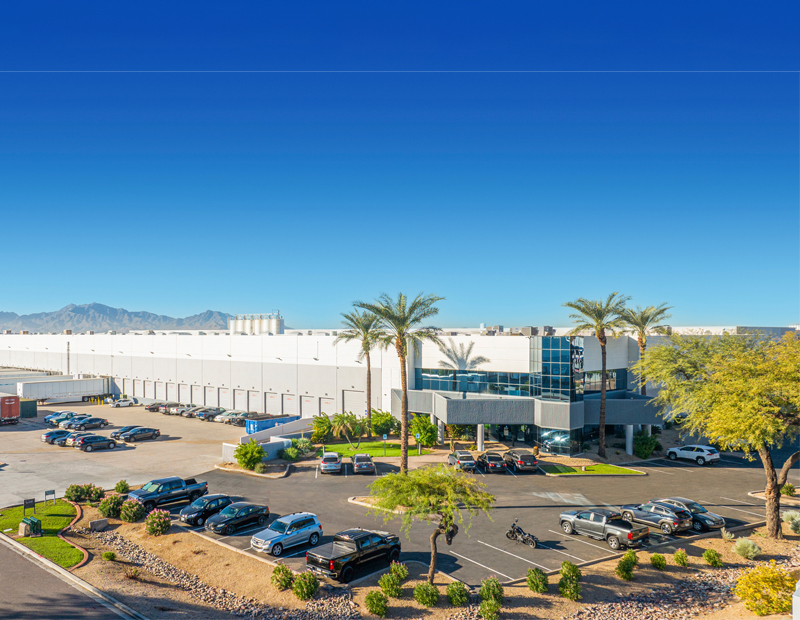
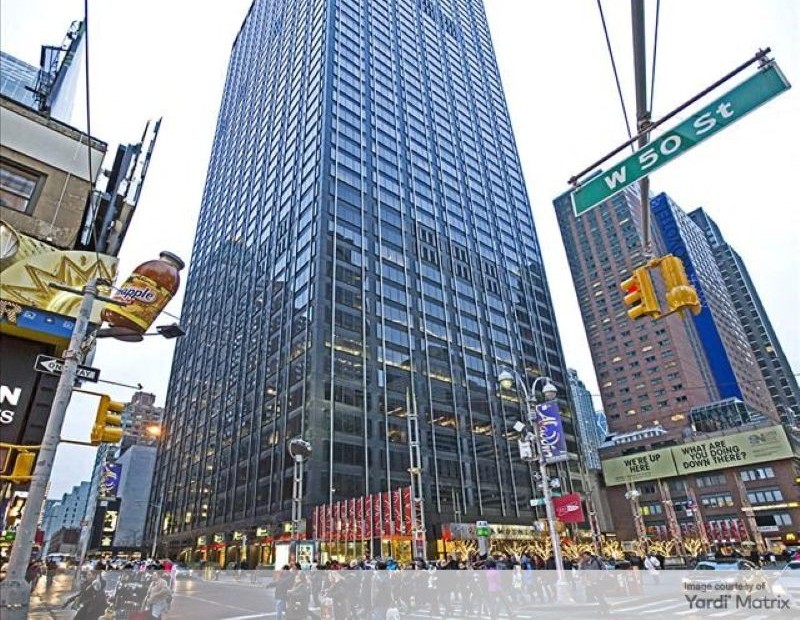
You must be logged in to post a comment.